Grow Your Items To Be Amazon Best Sellers On Amazon Seller Central
The Amazon Seller Central marketplace is a great way for e-commerce brands to expand their reach and awareness. Using the Fulfilled By Amazon (FBA) option is also an easy and low-cost way for startup brands to start selling with a minimal investment. FBA selling is the focus of this article.
Think about these two statistics. 59% of all product searches begin on Amazon. Amazon accounts for over 50% of ALL e-commerce sales. Those are mind-boggling statistics when you think about how many sellers there are online.
I have been a multi-million dollar Amazon FBA seller since 2008. I have launched many brands on the Amazon marketplace. At Hound Dog Digital Marketing, we spend every day helping brands learn how to sell on Amazon. There are a few keys to grow items into one of Amazon’s best sellers.
Here is the process we use to get any product to rank higher in the algorithm and succeed on Amazon.com
Proper Amazon Seller Central Account Setup
The first thing we do is to set up a Professional Seller Account versus an Individual Seller account. The cost is $39.99 a month for a Professional Seller Account versus $0.99 per unit sold for Individual. So if you plan on selling more than 40 units a month, go pro.
The Amazon Seller Central Brand Registry
The next step is to set the brand up in the Amazon Brand Registry. This is an important step in protecting your registered trademarks on Amazon.
The Brand Registry also provides selling tools such as proprietary text and image search and increased control over product listings using your brand name. The brand registry also provides the seller easier access to some of the gated categories on Amazon such as personal care, beauty, and grocery.
Optimized Amazon Marketplace Product Pages
Before you begin to set your items up, make certain you do the required pre-work ahead of time. Understand all of the important keywords for your items. They will come in handy in a few areas.
These are the key areas to focus on with your Amazon seller central product pages.
Product Title
Depending upon the category, you have between 50 and 200 characters to build your title. Use every character you can and fill it with descriptive keywords.
Let’s assume you are selling beauty products. The average seller builds his title to say:
[My Brand] eye cream, 1.7 fl oz
But a great Amazon Seller will build a title like this:
[My Brand] eye cream, 1.7 fl oz Anti-aging cream to help in the reduction of fine lines, wrinkles and dark circles under a woman’s eyes.
Do you see the difference? If you reviewed the keywords, you would see how rich that title is, and it complies with Amazon’s Terms and Conditions.
Images
The minimum size for images is 1000 pixels by 500 pixels. Amazon gives you enough space for nine images. Use no less than six. Create some images by pointing out the results of using your product.

Key Product Features
Remember that customers do not buy features, they buy benefits. They don’t care if you sell a 5-blade razor with a swivel head. Yes, you want to state that, but they want to buy the best shave a man can get.
You have 100 characters per line and six lines to use. Fill in every available space in these bullet points. They show up in a prime space below the main product image. This is the most viewed section by customers. So make sure you maximize these important fields. Here is an example.

Product Description
Even though it is far down on the product page on Amazon seller central, it is important for Amazon organic search. You have 2000 characters to describe your product. Use a minimum of 1000 characters and make it keyword rich.
Keywords
The keyword fields are a bit unique. So just go with the way Amazon does it. It is a string of words up to 250 characters per input. You won’t use commas or separators. The string will just look like this.
Women’s eye cream reduce fine lines and wrinkles dark spots under the eyes compare to oil of olay Elizabeth Arden noncomogenic ……
Other Fields
I have a rule of thumb setting up an Amazon product page. If I can put information in one of the many fields on the backend, I add it. The more information you can add, the better off you will be. Amazon tries to pinpoint the product that will satisfy the customer. The more information you can provide them related to the customer you are trying to sell to, the better you will rank.
Now that your product pages are built, and you have inventory in the FBA fulfillment center, you are ready to begin selling.
Campaign Manager
The first thing we do is to set up keyword driven campaigns in Amazon’s campaign manager on Amazon Seller Central under the Advertising menu tab. If you have familiarity with Google Adwords, you will have no problem working with campaign manager.
We build a separate ad for each item that we sell. You can enter up to 1000 keywords. We generally begin with about 700. The reason being that as the ads run, you are going to refine the ads and find other keywords to use. So you want to have that room available.
Our bids on keywords are 50% of the suggested bid. When we implement all of the marketing tools, we rank better organically, so we get more efficient in the CPC spend.
Promotions
Under the advertising menu tab on Amazon Seller Central
Facebook there is a promotion menu. Here you can generate product coupons. Our philosophy is to maintain the price integrity of the product. So we don’t start out using sale prices. We try to keep the full price and use coupons off-site to give people incentives to purchase.
At the same time as we set up campaigns, we begin to run Facebook ads driving the sale to Amazon using a 25% off coupon. This does a few things. Because you can hyper-target your audience on Facebook, you can find the correct buyer for your product. So you build awareness at a very efficient cost.
The next thing it does is drive traffic from off the Amazon site. So Amazon’s algorithm looks at this as a strong demand item.
Affiliate sites
Under promotions, we set up a second coupon for each item for 50 to 75% off. This depends on the economics of the product. But getting a product into a customers hand for a discount is less expensive and much easier than spending thousand on ads.
There are sites out there like Vipon or Snagshout where you can post your codes and get your product into customers hands. Use as many as you can afford.
Why do we do this? Because we want reviews and we want as many sales as we can get in a short period. This rapid sales velocity tells the Amazon Algorithm that there is demand for the product.
Amazon Product Reviews
We all know the power of reviews. But getting them is very difficult. You need a product like Feedback Genius, which is an autoresponder email system that works on the Amazon Seller Central site. They have several templates to guide you on how to set up autoresponder emails asking for reviews. The more reviews you get, the better your item will rank.
For the first 30 days of selling, we look at all of these different channels every day and make changes to the product pages based upon what keywords are driving traffic to the page. We make changes to the Title, Description, and Bullet points continually.
After 30 days we analyze the results and continue. Sometimes we increase the coupon value if sales are not taking off.
If all goes as planned, within 60 days, the brand will begin to get invited to participate in Lightning Deals and other Amazon Marketing Services that are by invitation only. And that is when things get very interesting. Once you begin to get involved in Lightning Deals and Daily Deals, your sales will begin to take off. Then, you have the best chance of becoming one of Amazon’s best-selling items.
Here is a Free book on Amazon Selling that may help you along the way as well.

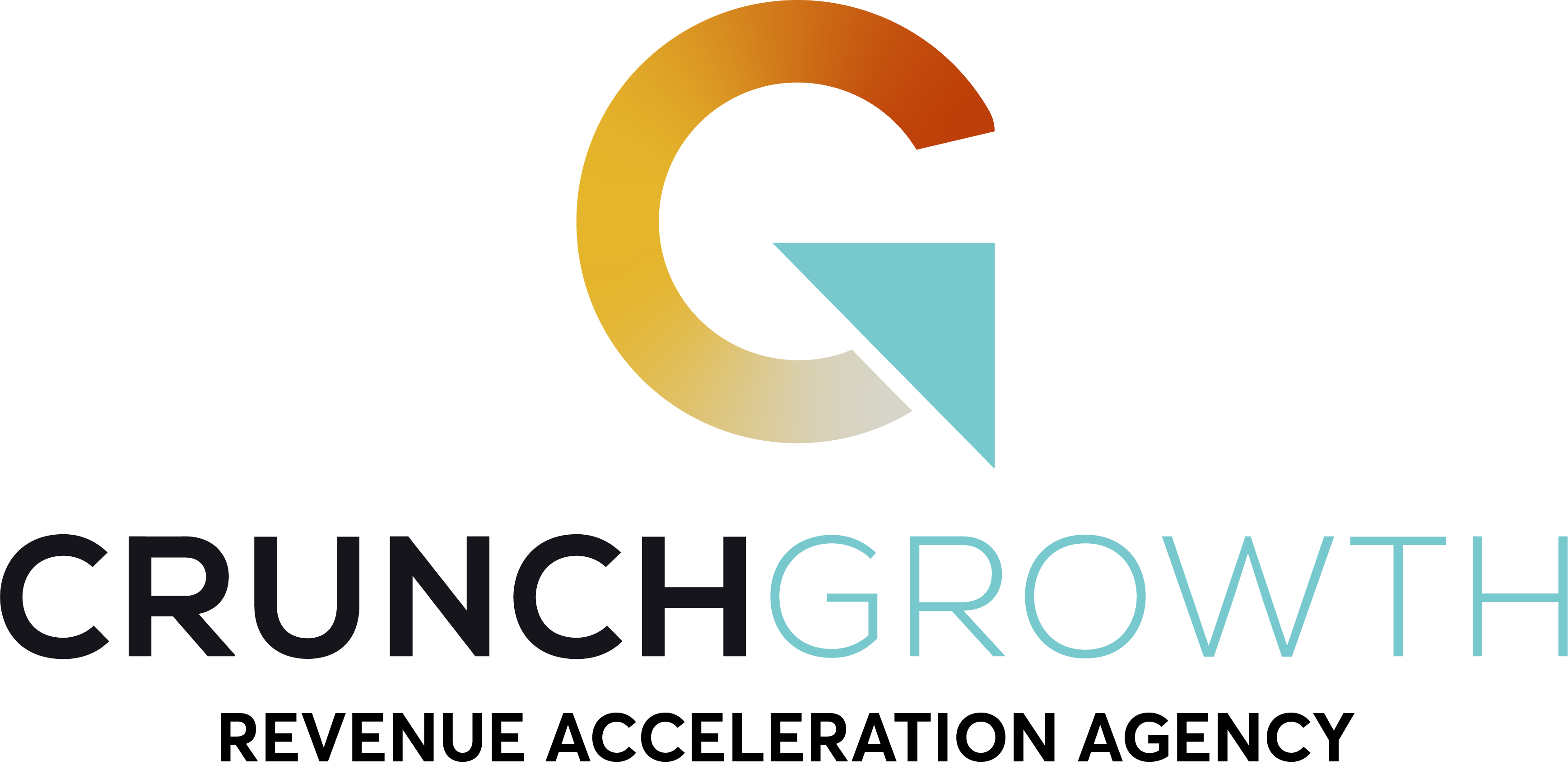



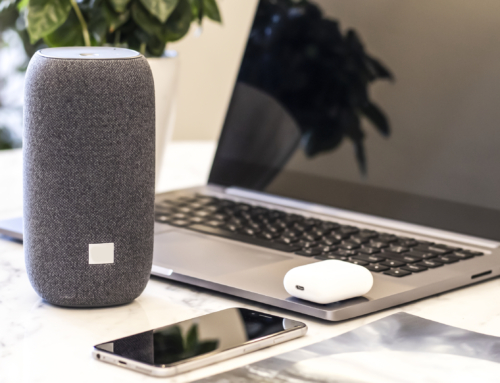
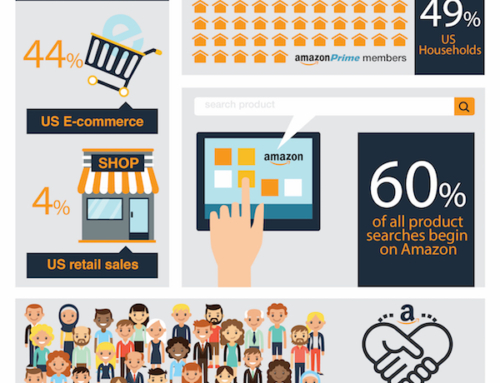
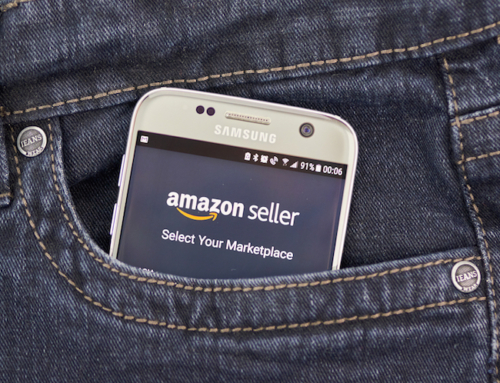



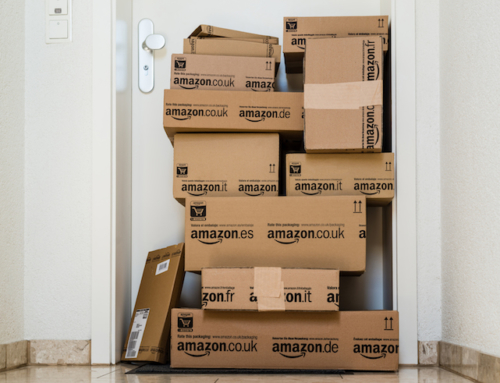
Leave A Comment